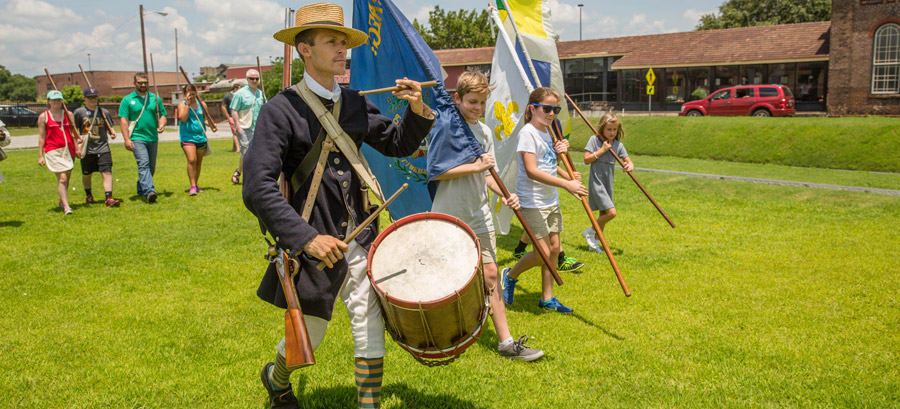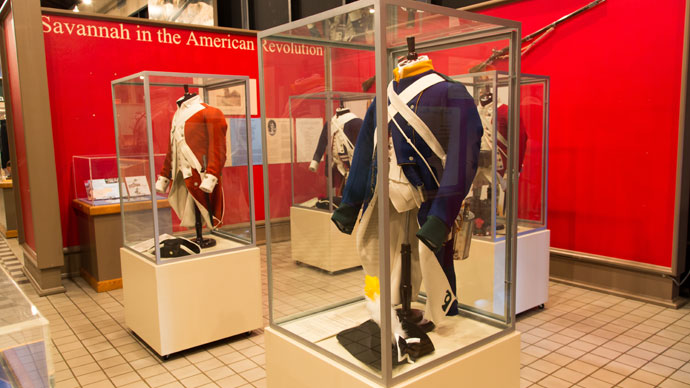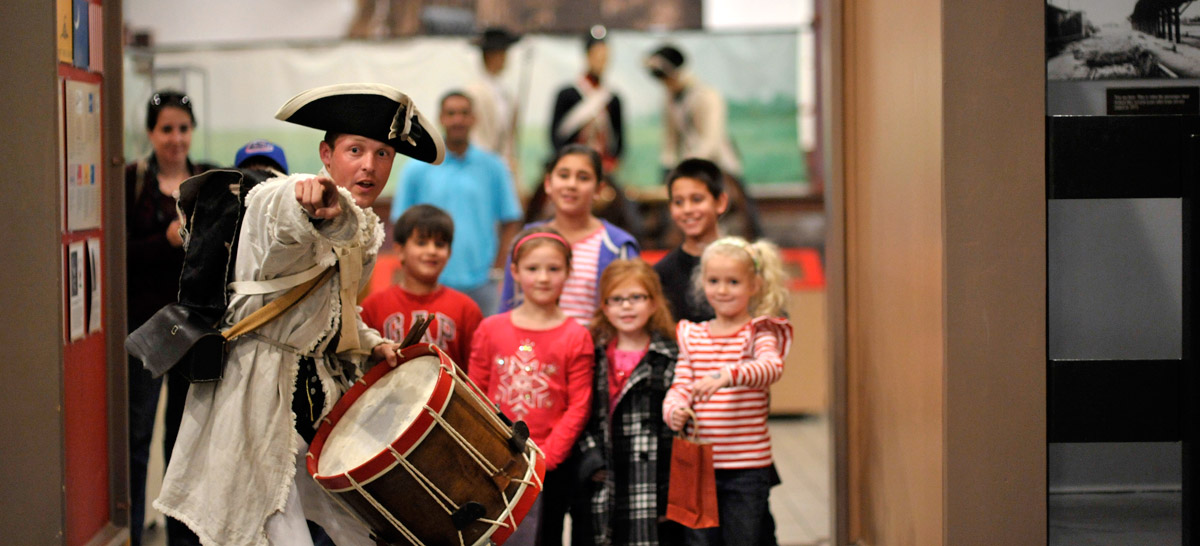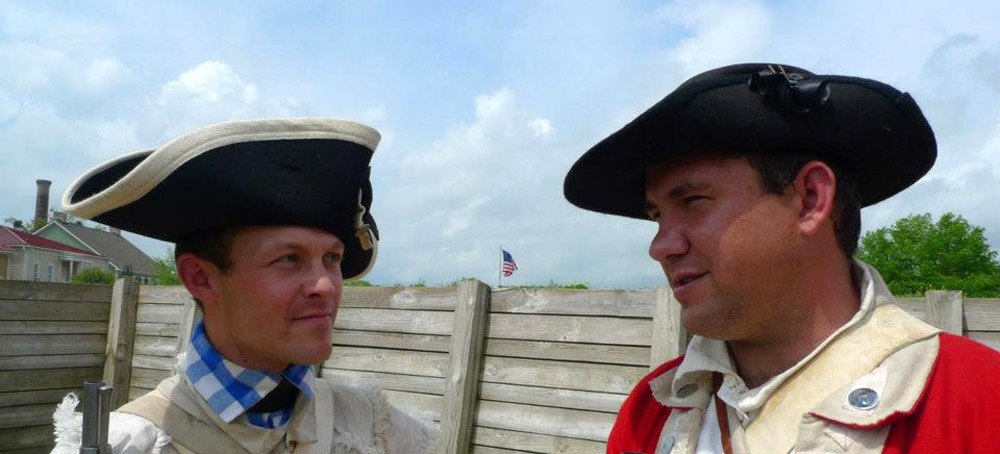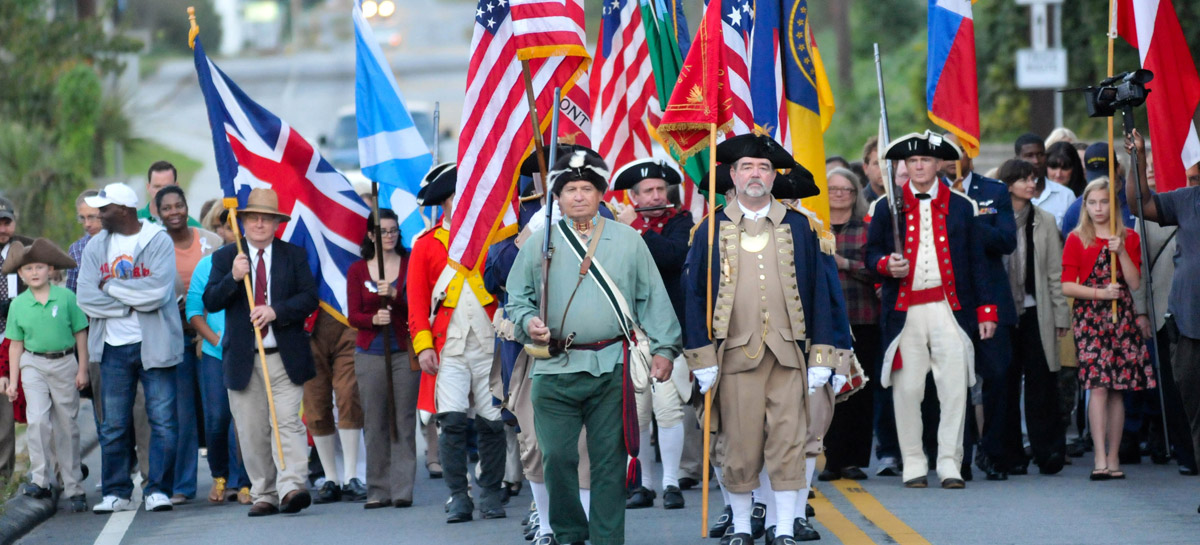Savannah History Museum
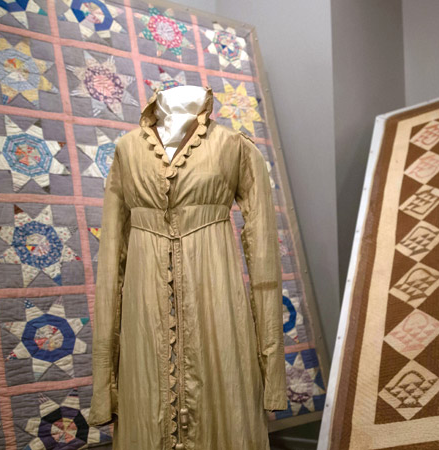
Located in the old Central of Georgia Railway Passenger Depot, the museum takes guests on a journey through time from the city's beginnings to the present with unique exhibits and experiential activities.
Battlefield Memorial Park
Located across the street from Savannah History Museum and in front of Georgia State Railroad Museum, the battlefield presents visitors with a memorial to those who fought in the second bloodiest battle of the American Revolution, and marks where approximately 800 troops were killed or wounded.
Hours of Operation:
Open seven days a week from 9:00am to 4:00pm.
Closed Thanksgiving, Christmas, and New Year's Day.
Address:
303 Martin Luther King, Jr. Blvd.
Savannah, GA 31401
Phone912-651-6825
Admission:
$10 per adult
$7 per child (ages 4-12)
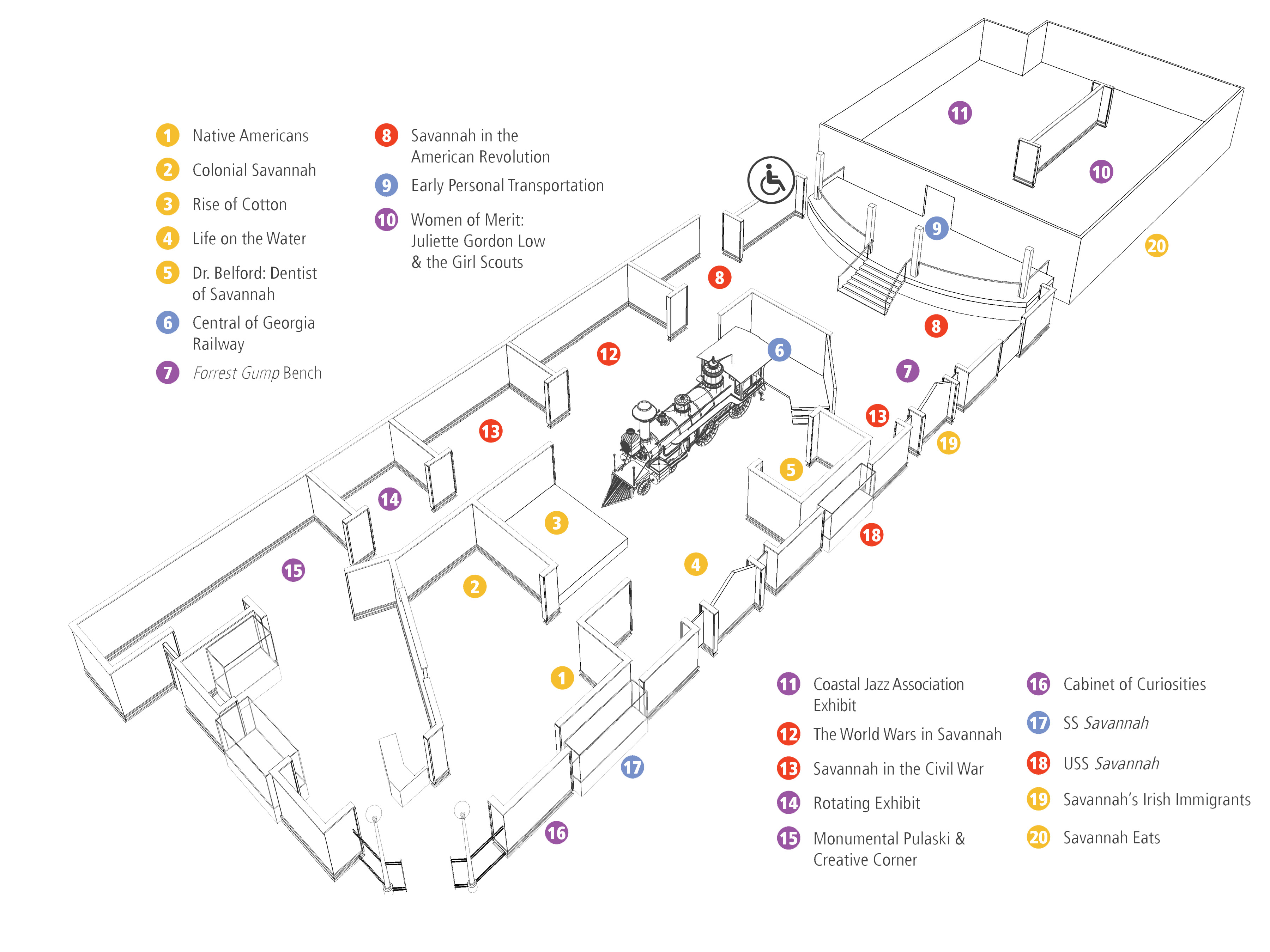
BUY TICKETS
See  sites with our BEST VALUE: Discount Combination Ticket. Click here for more details.
sites with our BEST VALUE: Discount Combination Ticket. Click here for more details.
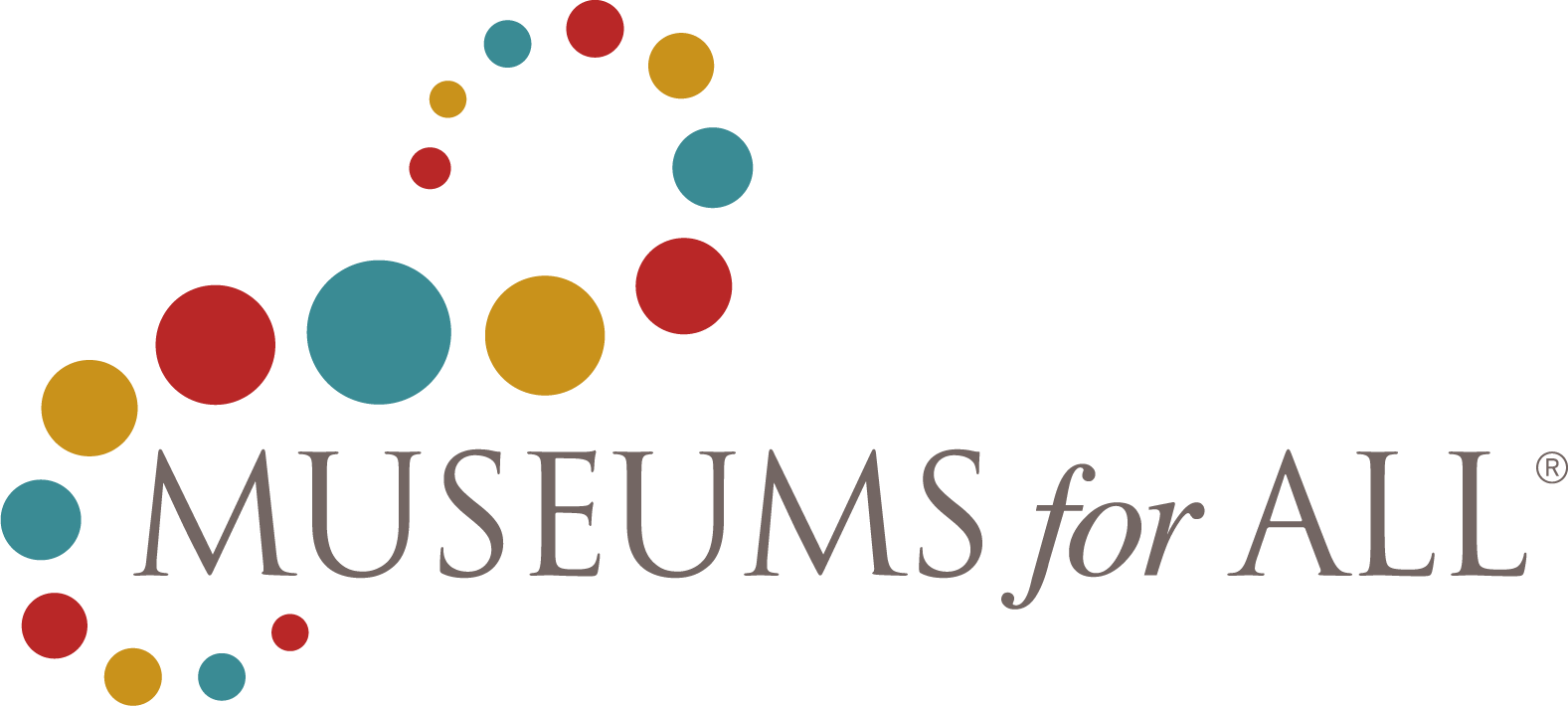
Museums for All applies to general site admission only. It does not include special events, booked programs and field trips, birthday parties, or after-hour events.
Families who receive SNAP EBT benefits receive FREE admission. (Must present proof of assistance.)
Calendar
About Savannah History Museum
Savannah History Museum is located in the former historic Central of Georgia Railroad's passenger station. The museum walks guests through the city's history from 1733, spanning the American Revolution and Civil War, all the way to modern day Savannah. Many exhibits highlight Savannah's musical, cultural and artistic contributions including the famous bench from Forrest Gump.
Battlefield Memorial Park, located just across the street from Savannah History Museum and in front of the Georgia State Railroad Museum, presents visitors with a memorial to those who fought in the second bloodiest battle of the American Revolution, and marks where approximately 800 troops died or were wounded.
Address 303 MLK Jr., Blvd. Savannah, GA 31401
Hours of Operation: Open seven days a week from 9:00am to 4:00pm.
Closed Thanksgiving, Christmas, and New Year's Day
Contact: 912-651-6825
See  sites with our BEST VALUE: Discount Combination Ticket. Click here for more details.
sites with our BEST VALUE: Discount Combination Ticket. Click here for more details.

Museums for All applies to general site admission only. It does not include special events, booked programs and field trips, birthday parties, or after-hour events.
Families who receive SNAP EBT benefits receive FREE admission. (Must present proof of assistance.)
Plan Your Visit
Located in the Passenger Depot of the old Central of Georgia Railway, Savannah History Museum takes guests on a journey through time from 1733 to the present with unique exhibits and experiential activities.
Hours of Operation:
Open seven days a week from 9:00am to 4:00pm.
Closed Thanksgiving, Christmas, and New Year's Day
Contact Information:
303 Martin Luther King, Jr. Blvd.
Savannah, GA 31401
912-651-6825
Admission: $10 per adult
$7 per child (ages 4-12)
See  sites with our BEST VALUE: Discount Combination Ticket. Click here for more details.
sites with our BEST VALUE: Discount Combination Ticket. Click here for more details.

Click here to expand Image

Museums for All applies to general site admission only. It does not include special events, booked programs and field trips, birthday parties, or after-hour events.
Families who receive SNAP EBT benefits receive FREE admission. (Must present proof of assistance.)
History
Savannah History Museum is located inside what was once the Savannah passenger depot for The Central of Georgia Railway. Chartered in 1833, The Central of Georgia once owned much of the property on the west end of the city, including the office and freight buildings to the north of the museum now owned by Savannah College of Art & Design, as well as the repair facility to the south which now houses Georgia State Railroad Museum. At the turn of the 20th century, the Central also operated Ocean Steamship Company with offices on the east and west coasts of the United States. By the end of the Central’s lifetime in 1963, when the railway was absorbed by Southern, its rail lines extended into Alabama, Tennessee, and Florida.
The construction of the Central’s passenger station was begun prior to the Civil War and completed after the war ended. Passenger service - including Savannah’s most famous passenger line, The Nancy Hanks II, which took passengers between Savannah and Atlanta - ceased in 1971.
Coastal Heritage Society began managing the facility in 1990 and envisioned the site as a traditional collection-based gallery, now Savannah History Museum.
Over the last 25 years, Coastal Heritage Society has cultivated visitor experience at the site, caring for a collection of over 30,000 historic artifacts and working with community partners and institutions to develop exhibits, events, and educational programming to showcase Savannah’s fascinating and diverse history.
Battlefield Memorial Park
Battlefield Memorial Park is a preserved portion of a Revolutionary War battle site. In late 1778, in the early years of the American Revolution, the British captured the city of Savannah as part of their Southern Campaign, a strategy to locate and utilize Loyalist sympathies they believed existed within many communities in the South. On October 9, 1779, a weeks-long siege by American and French forces attempting to retake the city ended with a final attack when they stormed the British-occupied Spring Hill Redoubt here on the western edge of the city. The battle lasted about an hour and left 800 casualties, 750 of which were French and American. The battle was a crushing defeat for the American and French forces, and Savannah remained under British control until the end of the war.
Notable details about the battle are the diversity of its participants and the participation of what is believed to be the largest contingent of Black soldiers to fight in the Revolution - the Chasseurs Volontaires de Saint Domingue, a unit of free Black and mixed-race men from what is now Haiti, fighting as part of the French army. The famed Polish-American General Casimir Pulaski, now known as ‘The Father of the American Cavalry,’ was mortally wounded in this battle. Lieutenant Colonel John Laurens, featured in the popular historical musical Hamilton, also fought at Savannah on October 9th.
In the 19th century, The Central Rail Road and Banking Company, later The Central of Georgia Railway, purchased the land which is now Battlefield Memorial Park, and the land served as part of the Central’s repair facilities. When the Central’s Savannah Shops closed in the early 1960s, the land was abandoned and became overgrown.
Beginning in 2003, Coastal Heritage Society transformed this once-blighted historic site through SPLOST and grant-funded projects focusing on research and interpretive planning, archaeological digs, and restoration projects, most notably a downscaled version of an earthen fort similar to Spring Hill Redoubt and other redoubts that surrounded the city in 1779.
Coastal Heritage Society hosts an annual Battlefield Memorial March on October 9th to commemorate the battle with the participation of many international, national, state, and local history and heritage organizations and government representatives, as well as individuals with an interest or family tie to the historical event itself. This event is free and open to the public.
Savannah History Museum offers regular Loyalists & Liberty Battlefield Tours which detail the Southern Campaign & Savannah's story in the American Revolution. A very similar program called The Siege of Savannah Program is also available as a booked program for field trips and groups.
Battlefield Memorial Park is a public park and is available to enjoy as a self-guided experience.
Contact Us
Coastal Heritage Society may be contacted by mail at:
Coastal Heritage Society
303 Martin Luther King, Jr. Blvd.
Savannah, GA 31401
912-651-6840
Central Office
Terry Koller
Director of Railroad Operations,
Director of Outreach Partnership,Development
912-651-2338 ext.204
CHS Accounting Office
912-651-6849 ext.310
Abby Rookstool
Director of Marketing & IT,Special Projects Manager
912-210-7521
Museum Management
Events and Booking Contacts
Megan Alstad
Director of Sales, Education Programs &
Birthday Parties
chsbookingcoordinator@gmail.com
912-312-4155

Lorem Ipsum is simply dummy text of the printing and typesetting industry. Lorem Ipsum has been the industry's standard dummy text ever since the 1500s, when an unknown printer took a galley of type and scrambled it to make a type specimen book. It has survived not only five centuries, but also the leap into electronic typesetting, remaining essentially unchanged. It was popularised in the 1960s with the release of Letraset sheets containing Lorem Ipsum passages, and more recently with desktop publishing software like Aldus PageMaker including versions of Lorem Ipsum.
Lorem Ipsum is simply dummy text of the printing and typesetting industry. Lorem Ipsum has been the industry's standard dummy text ever since the 1500s, when an unknown printer took a galley of type and scrambled it to make a type specimen book. It has survived not only five centuries, but also the leap into electronic typesetting, remaining essentially unchanged. It was popularised in the 1960s with the release of Letraset sheets containing Lorem Ipsum passages, and more recently with desktop publishing software like Aldus PageMaker including versions of Lorem Ipsum.
Lorem Ipsum is simply dummy text of the printing and typesetting industry. Lorem Ipsum has been the industry's standard dummy text ever since the 1500s, when an unknown printer took a galley of type and scrambled it to make a type specimen book. It has survived not only five centuries, but also the leap into electronic typesetting, remaining essentially unchanged. It was popularised in the 1960s with the release of Letraset sheets containing Lorem Ipsum passages, and more recently with desktop publishing software like Aldus PageMaker including versions of Lorem Ipsum.












